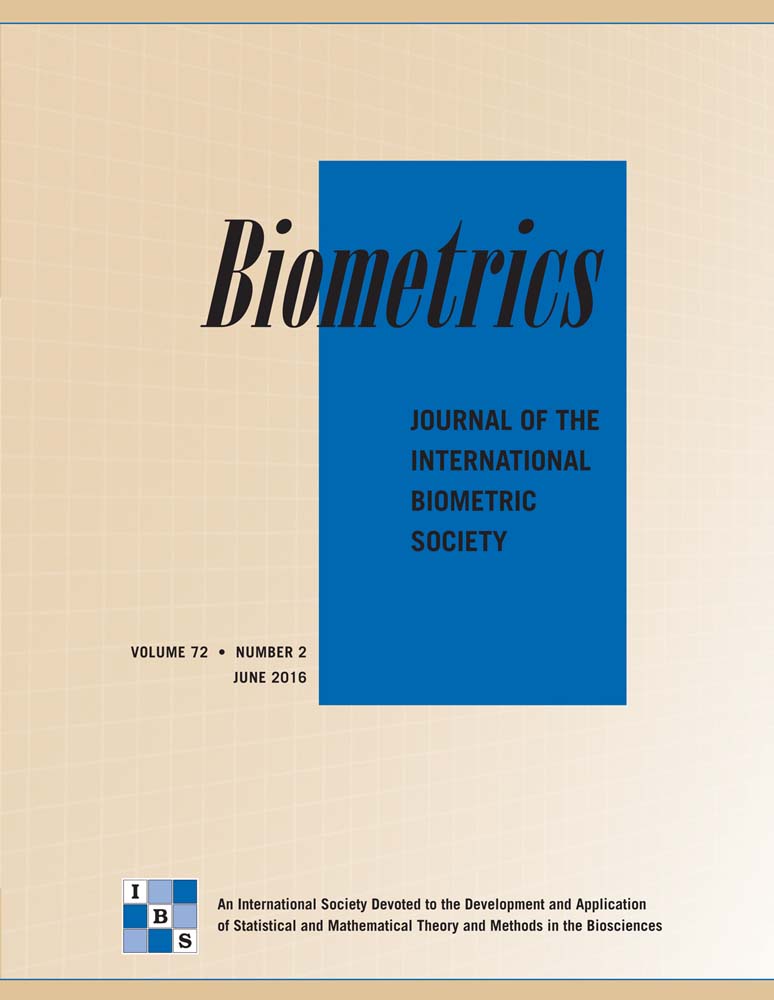Nonparametric methods for analyzing recurrent gap time data with application to infections after hematopoietic cell transplant
Summary
Infection is one of the most common complications after hematopoietic cell transplantation. Many patients experience infectious complications repeatedly after transplant. Existing statistical methods for recurrent gap time data typically assume that patients are enrolled due to the occurrence of an event of interest, and subsequently experience recurrent events of the same type; moreover, for one-sample estimation, the gap times between consecutive events are usually assumed to be identically distributed. Applying these methods to analyze the post-transplant infection data will inevitably lead to incorrect inferential results because the time from transplant to the first infection has a different biological meaning than the gap times between consecutive recurrent infections. Some unbiased yet inefficient methods include univariate survival analysis methods based on data from the first infection or bivariate serial event data methods based on the first and second infections. In this article, we propose a nonparametric estimator of the joint distribution of time from transplant to the first infection and the gap times between consecutive infections. The proposed estimator takes into account the potentially different distributions of the two types of gap times and better uses the recurrent infection data. Asymptotic properties of the proposed estimators are established.




